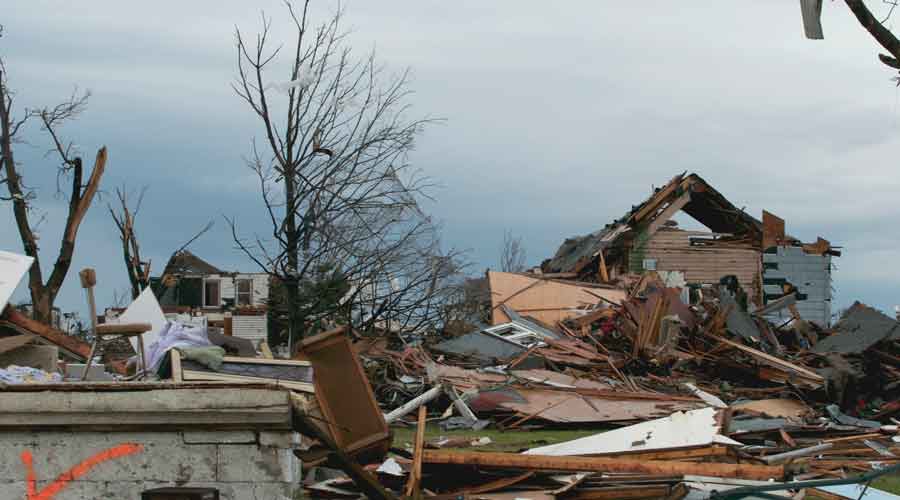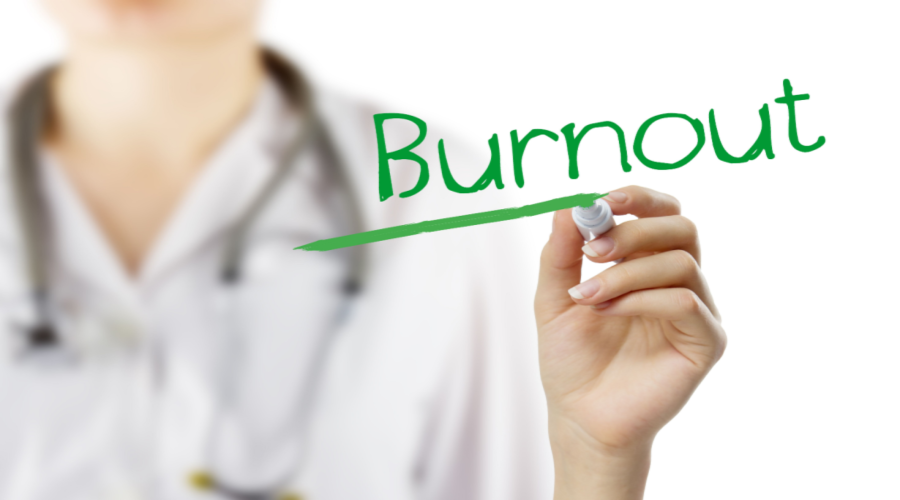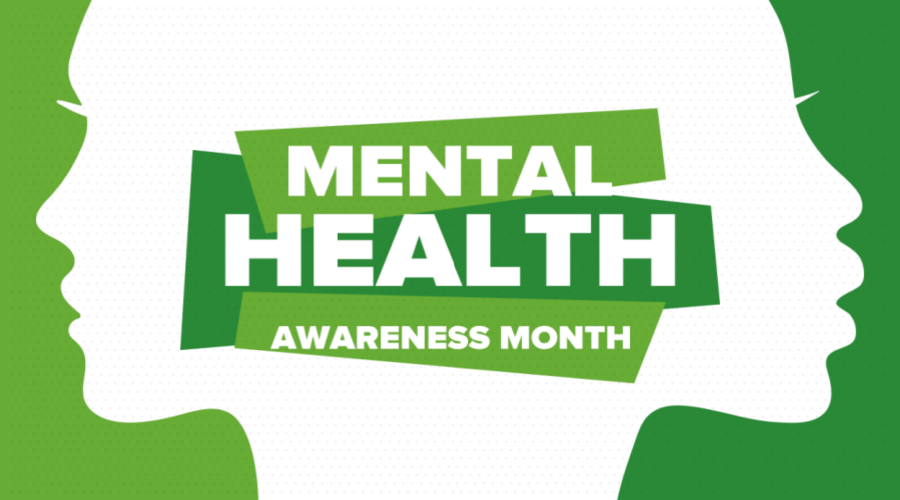Steven Charles, R.Ph., is no stranger to severe weather. When the Oklahoma native noticed large black clouds looming over his home in Oswego, Kansas on May 22, 2011, he knew a bad storm was coming. What he didn’t know was that the storm would form the single deadliest tornado to hit the U.S. since modern recordkeeping began—and that it was headed 40 miles east to Joplin, Missouri, where his compounding pharmacy was located.
“I was talking with some friends and warning people in Joplin that a storm was coming over there, but I had no idea what was actually coming,” he said.
He received a call reporting that the burglar alarm had been activated at his compounding pharmacy, Ozark Compounding Pharmacy. It was a Sunday, and the pharmacy was closed. Charles figured the stormy weather had just triggered the alarm. Then, he found out the storm had turned into an EF-5 tornado with 200 mph winds that had torn through the city.
He jumped into his car and headed to Joplin to check on friends and on his pharmacy. Getting to the city wasn’t easy. He had to navigate through police roadblocks and find an alternate route. “The back roads looked like the traffic jams in Dallas from people trying to get in,” he said. “It was dark by the time I got there.”
He made it as far as Freeman Hospital, a hospital near his pharmacy. Then, his store dropped from his mind. The hospital was in chaos. “It looked like the hospital scene in Gone with the Wind,” he said. “There were people laid out on the ground. The lobby was full of people. There were people that had gauze, bandages, broken arms, and were hooked up to oxygen machines. It was like a war zone. The nurses didn’t even have pens. They were borrowing pens from patients.”
It wasn’t until the next day that he made it to what remained of his 2,000-square-foot pharmacy, which he had owned since 2002. The portion of the medical strip that held his pharmacy was still standing—slightly. The dentists’ and doctors’ offices nearby had been completely destroyed.
“I was able to unlock one of the doors in the back and get in. The roof was basically off for the most part and rain had come in,” he said. “I was able to get my computer backups and I took some stuff off the walls, believe it or not. Certificates and licenses and things like that. I salvaged as much as I could.”
In the days following the tornado, Charles relied on Oswego Drug Store, the retail pharmacy in Oswego, Kansas that he has owned since 1984, to take care of patients. “I would bring prescriptions to Joplin when I came, and patients would meet me at the destroyed pharmacy where I was trying to work and retrieve as much as I could.”
Hurricane season
Brian Haney, Pharm.D., has dealt with his share of hurricane hardship. The owner of Family Pharmacy, a regional chain of community pharmacies in southeast Texas, had to cope with damages at several of the pharmacy’s locations after Hurricane Rita in 2005—and then again after Hurricane Ike in 2008.
Hurricane Rita plowed into the Texas/Louisiana border just a month after Hurricane Katrina in 2005. A category 5 hurricane in itself, Hurricane Rita brought winds as high as 175 mph, causing flooding, power outages and widespread damages to an area still trying to recover from Hurricane Katrina.
At the time, Family Pharmacy had three locations and suffered roof damage, as well as water and mold damages at one store. “We were not prepared,” Haney said. “It’s hard to be fully prepared.”
After Hurricane Ike hit in 2008, the damages were worse. The pharmacy’s location in Vidor, Texas was under construction at the time and the category 2 hurricane ripped off the newly-assembled roof.
Ten miles to the southeast, the hurricane reduced the pharmacy’s Bridge City, Texas location to a shell. Even though the store sat several feet above the main road, two feet of standing water filled the building. Part of the roof was torn away, along with a section of the wall that held the store’s hour meter, main breakers and phone system.
“We pretty much lost everything,” Haney said. “That was our biggest loss in our hurricane history.”
The pharmacy chain had four locations at the time Hurricane Ike hit. In order to deal with the inoperable store, Bridge City patients were diverted to the chain’s nearby locations. Family Pharmacy’s wholesaler provided trailers outfitted as mobile pharmacies, which the Bridge City store operated out of for seven months while the store was rebuilt. “We had to board up the walls, patch up the roof and then basically gut the store and start over,” Haney said.
Making a plan
Recent natural disasters like the wildfires in Colorado, Superstorm Sandy on the East Coast and the tornado in southern Mississippi demonstrate that the time is now for pharmacies to prepare for natural disasters.
“Plan for the worst and expect the best,” said Mike Warren, risk manager for Pharmacists Mutual insurance company. Warren suggests every pharmacy create a disaster preparedness plan. “Sit down at a table with your team management staff and key employees and talk about the kinds of things you need to have in place to recover from a catastrophe.”
When creating your plan, consider the amount of time you need to recover—and what’s most feasible. “The faster you want to recover, the more expensive it’s going to be,” Warren said. “If I wanted a pharmacy that was leveled by a tornado to start operations within an hour, the only way to do that would be to have another pharmacy sitting there doing nothing, fully stocked and ready to go. That’s the most expensive scenario. You have to balance things out as to what you can realistically do.”
Take time to consider all aspects of an emergency situation when preparing your plan. Think about everything from dealing with the press to what to do if the Internet goes out. You’ll need to consider what options you have for a temporary facility and how you’ll continue payroll if you have to reduce operations following a disaster. You also need to practice your plan. “If you don’t practice your plan—whatever it is that you put together—it may not work,” Warren said.
Consider how you’ll communicate with people. “When a wide-spread disaster affects a community, it’s very difficult to communicate with people,” Warren said. “Have a plan in place to get in touch with your employees, customers and vendors.”
Brian Haney with Family Pharmacy said that after Hurricane Ike he made sure to contact the local news outlets to let them know that the pharmacy’s locations were operating, what their capabilities were and about their reduced hours. “Now I would say we would also put messages out on Facebook, Twitter and our website. We also now have the capabilities to send information to our patients through email and text. Check with your software providers to find out the different ways you can contact your patients,” he said.
Hard lessons
You need a preparedness plan, but improvements, changes and adjustments to your physical store right now can make all the difference.
After Hurricane Rita in 2005, Family Pharmacy had to scale back its hours. The pharmacies only had small back-up generators that provided enough power to run their computers, but not enough to turn on the air conditioners.
“It’s 98 degrees with 100 percent humidity and we’re in the pharmacy in shorts and T-shirts and sweating so bad. There’s no wind blowing through,” Haney said. “After that we decided to put in full store generators that run off natural gas. They’re automatic. So, the power goes out, the automatic switch kicks in and the generators come on. It runs the whole store—air conditioner, refrigerator, everything.”
Family Pharmacy was lucky that its locations didn’t suffer worse damages. After Hurricane Katrina, Pharmacists Mutual saw pharmacies in the South lose their entire inventories due to the high temperatures. “You need a back-up generator to not only secure your refrigerated products, but also your stock on the shelf,” said Tracie Hoch, commercial underwriter for Pharmacists Mutual. “During Hurricane Katrina the stock on the shelf was condemned by the DEA because it was exposed to such high temperatures and high humidity for a number of days,” she said. “Those pharmacies were a total loss because a change of temperature is an excluded loss from most insurance policies.”
When recently building a new location in Beaumont, Texas, Haney used his experience from past hurricane damages to build the store from the ground up without increasing insurance costs. “We were more aware of structure types and roof types,” he said. “The location we leased before was about 1,400 square feet and our new location is 4,000 square feet, but because the new location was engineered to withstand certain wind ratings, the difference in insurance coverage costs was almost nothing,” he said.
Insurance decisions
It’s important for you to understand what is and what isn’t covered by your insurance. Not checking your policy now could mean a significant loss following a disaster or emergency. “You need to know what’s considered structure, what’s non-structure, what’s inventory, what’s considered fixtures,” Haney said.
“At our Bridge City store, because the phone system was mounted on the wall that got ripped off, it was covered. Had it not been mounted to that wall, the damages from the two feet of flood water wouldn’t have been covered,” he said. “The only reason the loss was covered was because the wall that was ripped off contained the power, and because we lost power our inventory was also covered.”
“We became well aware about liability insurance and what our limits should be at after that,” Haney said. “Make sure you understand what’s covered in your policy.”
You have to find a balance between under-insuring your business and over-insuring it. “I think overall people don’t want to be paying out extra money for insurance, so if anything they’re selling themselves short,” said Steven Charles, whose compounding pharmacy was destroyed in the Joplin tornado. “You’ve got to insure for replacement value and that kind of thing,” he said.
After his experience, Charles recommends that pharmacy owners document everything, including writing down serial numbers of computer equipment and other important items. “I would even take a video and go through your store because, believe me, five days after that storm you’re not going to be able to remember half of what you really had.”
Pharmacists Mutual suggests that pharmacy owners examine their insurance policies every year at a minimum. “Any time your business changes you should reevaluate your policies,” Hoch said. “If you hire a professional other than a pharmacist, say a nurse or a respiratory therapist to provide additional services, you should review whether or not your current
insurance policy covers that,” she said.
“Are you dispensing drugs to a different type of patient? If you begin transporting drugs with a high-dollar value in a vehicle, you may not have adequate coverage if that vehicle is involved in an accident and that drug is lost,” she said. “Have you invested in any new equipment, like pill dispensing robotics? Any time you make changes in your business, you should call your insurance professional to make sure you’re still adequately covered.”
Back it up
When Charles retrieved his computer backups from his devastated pharmacy, he received the worst possible news. The backups that he had made every day for years weren’t any good. Not due to the storm; they just weren’t functional. Luckily, a technology company was able to reconstruct all of the pharmacy’s information from his four computers, even though they were wet and damaged.
After that, Charles invested in off-site backup for his Oswego store. “It’s a little bit more expensive, but it’s well worth the money,” he said.
Computer-Rx, a pharmacy software solutions company, makes data backup a priority for its pharmacy customers. The software company provides two data backup options.
Computer-Rx automatically creates a nightly backup of a pharmacy’s full history and places it on an external hard drive to be taken off site for safekeeping. The other option automatically backs up the pharmacy’s data and places it at off-site data centers in three different cities across the country.
“We understand the importance of data backup and what it can mean for a business following a natural disaster. Our company was devastated by the EF-5 tornado that traveled through the Oklahoma City metro area in 1999,” said Jon Nolen, director of information technology at Computer-Rx. “We know that many of our independent pharmacy customers are the health hubs for rural communities. At Computer-Rx, we place the highest priority on providing a fast response for pharmacies affected by a natural disaster.”
Helping patients
Despite damages to their property and inventory, what really matters to most pharmacists after a natural disaster is their patients—and how to get them the medications they need.
Brian Haney knew that after hurricanes and other emergency situations state boards of pharmacy allow flexibility with fills. “If a patient came in, it was at our discretion to fill based off of a bottle they had or what they told us,” he said. “There were a lot of pharmacies that weren’t aware of the rule and were turning patients away if they didn’t have a written prescription or if they didn’t have their records on file. We were more understanding about those patients’ needs.”
Nearly two years after the Joplin tornado, Steven Charles still helps Joplin patients with their compounding needs by providing free mailing of prescriptions and a courier service from his Oswego store. Still, he hopes to reopen the pharmacy he lost. He wants to move forward—just like everyone else affected by the disaster. “I’m planning to get back to Joplin. I want to. Hopefully I can come back this summer,” he said.
Disaster Planning Resources
FEMA
www.ready.gov
Step-by-step plans and preparedness exercises to protect your business during natural disasters and emergencies
The Disaster Recovery Institute
www.drii.org
Education and training programs for business continuity planning and disaster recovery
Pharmacists Mutual
www.phmic.com
Pharmacy-specific disaster planning guides and information, including HIPPA requirements
10 Tips to Create a Disaster Preparedness Plan
Download the chart
Important steps to prepare your pharmacy for a natural disaster














